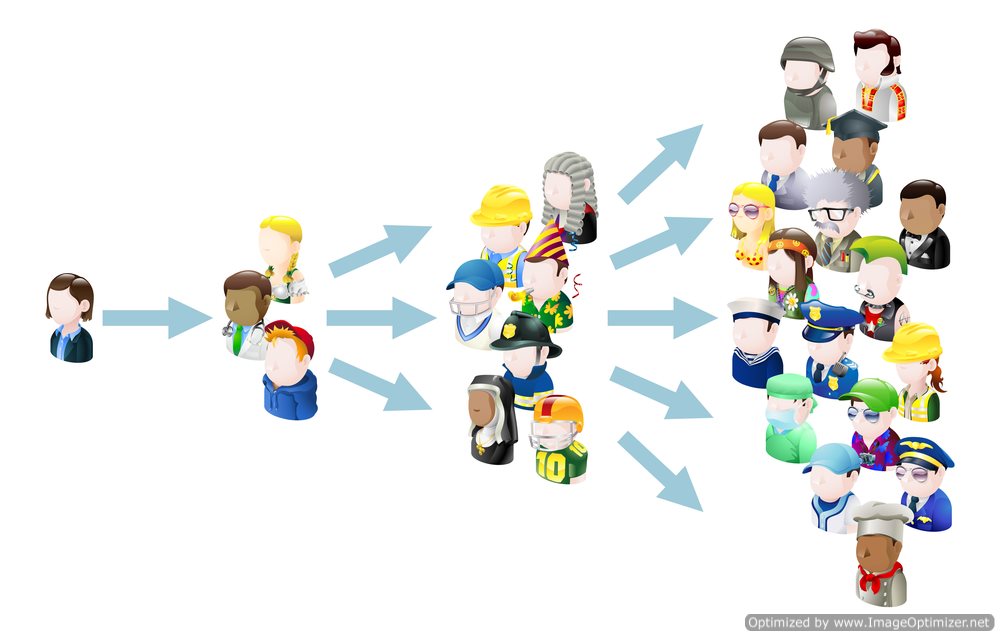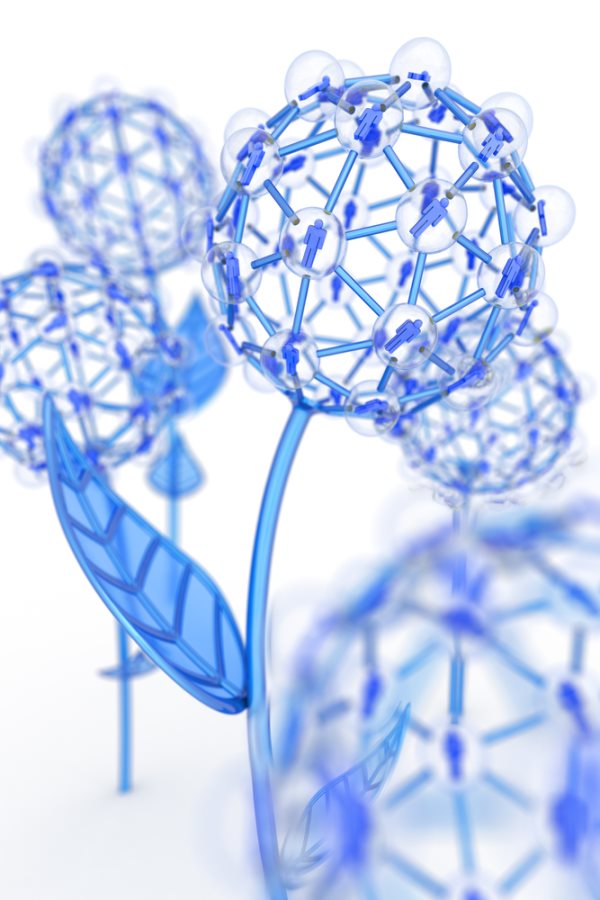How Popular Hashtags Can Grab Twitter Followers

The most popular Twitter hashtags can see traffic in truly insane amounts—sometimes hundreds or even thousands of posts per minute. Getting a handle on the most popular hashtags is a good idea if you're planning to use Twitter as a law firm marketing tool. In this guide, we'll show you how to find popular hashtags (including popular Twitter hashtags from your local area and those that are related to the legal field). You'll also learn about the downsides of using the most popular hashtags possible, so that you're fully informed before you start using popular hashtags on your own.
How Do Popular Twitter Hashtags Happen?
The most interesting aspect of popular hashtags is that they tend to begin and develop organically. While marketing efforts account for some of the most popular hashtags, it's more common for them to start with just one or a few users, then spread virally throughout the Twitter network (and sometimes beyond).
What this means is that popular Twitter hashtags can come literally from anywhere and anybody. Even if you're a solo practitioner in a small town, if you say something that makes people talk, your hashtag could become one of the most popular hashtags in your area or all over the world. As long as you have followers who are likely to re-post your popular Twitter hashtags, you'll be able to circulate your ideas to people near and far.
Should We Try to Create Popular Hashtags?
There's no reason not to try your hand at making popular Twitter hashtags. Odds are that few, if any will become overnight viral sensations, but many of the most popular hashtags just start with a few users talking about them.
In order to start your own popular hashtags, first make sure that your tag isn't already being used by large numbers of other people. If it's been used only a few times, mostly quite a while ago, you may be able to use a tag that's already been used by others—but if it's currently being used already, it won't really be your idea that is circulating.
If you find a really great concept and think that you'll be able to create popular Twitter hashtags from it, you may have to try several variations to get the one that sticks in people's heads best. Don't be afraid to retry a very close variation of an idea you've already used. Sometimes it's surprising how small a variation needs to be in order to change a hashtag from one with medium popularity to one of the most popular hashtags for a day.
Should We Use Other People's Popular Hashtags?
Just because your own tags could become popular Twitter hashtags someday doesn't mean that the process is necessarily quick or easy. In the meantime, make sure that you're keeping track of some popular hashtags in order to understand which tags are most likely to help you get new followers and find people you want to follow.
Make sure that if you are using the most popular hashtags you can find, you're not just re-posting or talking about content that isn't really relevant to the rest of your Twitter feed. As a law firm, you should mostly be looking for popular Twitter hashtags having to do with the law and legal issues. If you find that you're often trying to repurpose popular hashtags to fit them into your mission, you may want to reconsider: after all, if people see your post when they intended to read about something quite different, they're more likely to regard you as a spammer than as a good person to follow.
When using other popular Twitter hashtags, make sure that you're not overusing them by putting several popular hashtags into a single tweet. This kind of spamming happens with the most popular hashtags and can be a serious impediment for people trying to get information instead of seeing yet another piece of reposted spam.
How Do I Find the Most Popular Hashtags?
One of the best ways to learn about popular Twitter hashtags is to use the website Hashtags.org. This site is completely devoted to hashtagging trends. You can also find out more about trends on WhatTheTrend.com, which also provides a helpful list of the most popular hashtags both in realtime and tracked over a day.
If you aren't finding the exact popular hashtags you want when looking at lists on WhatTheTrend, you can also do searches for the exact terms you want. Both Hashtags.org and WhatTheTrend offer graphing capabilities to look at the trends in popularity for a particular hashtag.
Caution: Popular Hashtags Can Backfire
In more than one way, it's possible for lawyers using one of the most popular hashtags on Twitter to see their plans fail. Often, if you're using extremely popular hashtags, your tweet will go completely unnoticed, even by people searching for that tag. Why? Because the popularity can actually start to work against you—when hundreds of other people are using the most popular hashtags, you'll only appear in search results on the top page for a few seconds, if that.
Another way that popular hashtags can backfire is when you use them without being completely clear on their meanings. Keep in mind that sometimes hashtags are used ironically or with some type of double meaning. You should always check the definitions of popular hashtags at TagDef before you decide to use them in your tweets.
Anticipating Popular Twitter Hashtags
By searching for words relating to events that have just begun to be on the radar of news sources (for instance, after blogs like Huffington Post have just released a new piece of information on a legal case), you can often start to see what will become the most popular hashtags.
Getting a feel for this can be tricky, so you may want to just search for these kinds of posts for a while until you feel comfortable identifying the trends. You can then search for what may be a trending keyword on a website like Hashtags.org, which will let you know if the trend you're observing is real or just confirmation bias at work.























